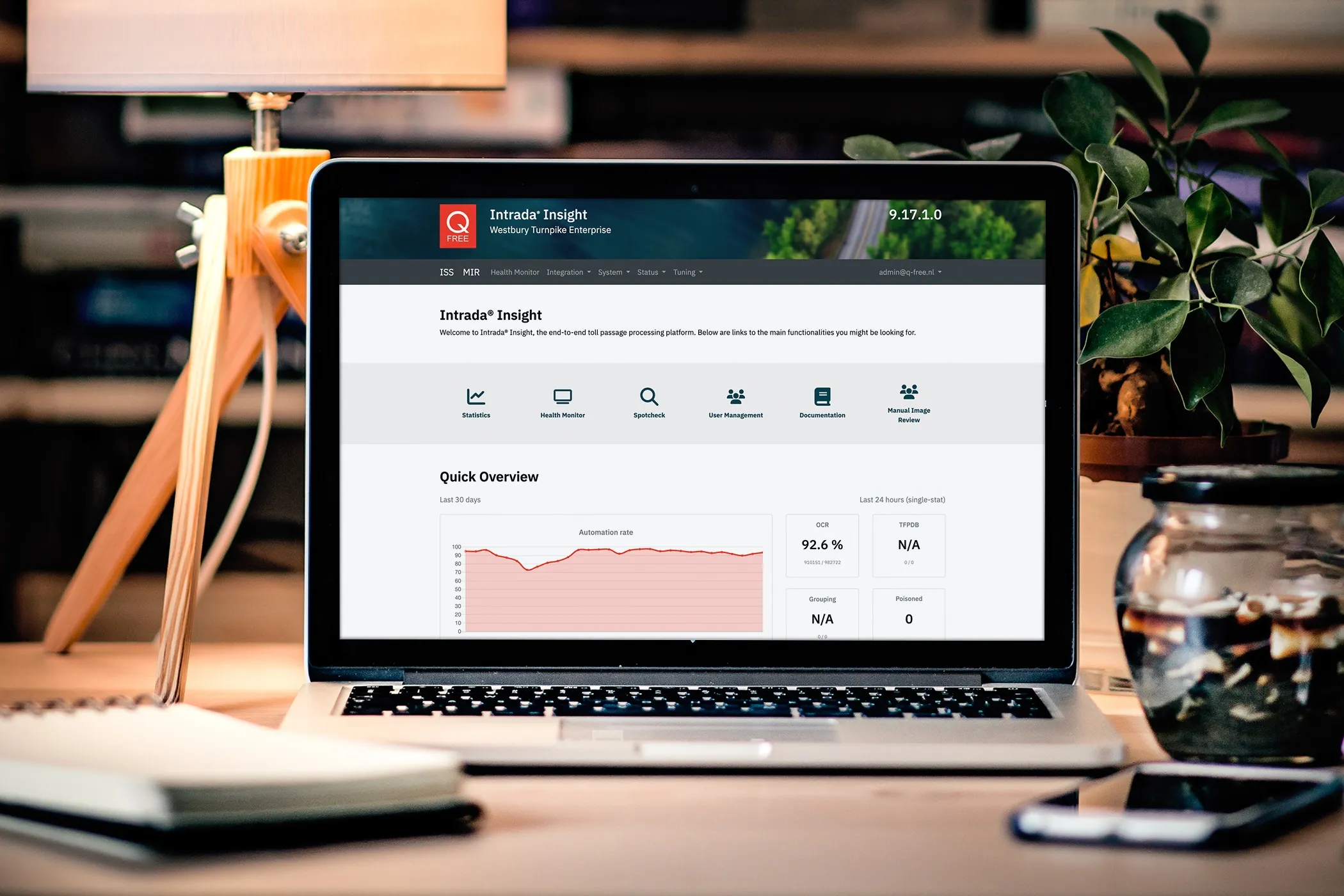Kapsch is presenting and demonstrating its new tolling system solution which it calls "The Next Generation Back Office". This new solution is a set of interconnected modules that support the automation of core processes like customer management, account management, inventory management, shift management, invoicing, payments, billing, escalations, case management, violation enforcement, rating, validation, trip building and interoperability. It was designed and built to reduce the total cost of implementing
October 10, 2016
Read time: 2 mins

The operational back office that Kapsch is showing on its stand here at the ITS World Congress Melbourne is a stand-alone customisable bundle of services orchestrated according to standard business processes, such as providing vehicle identification services and validation processes, trip handling business logic, trip rating, and posting to the commercial back office or other systems as required.
Delegates can experience a live demo of the operational back office, walking through key business processes including manual validation, support for smartphone transactions, and automatic vehicle recognition.









